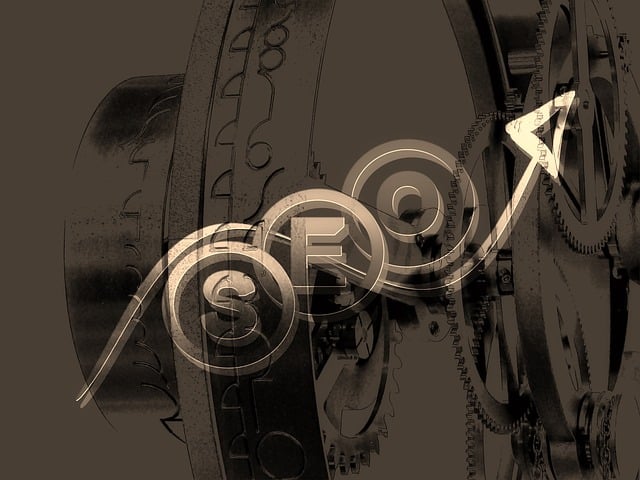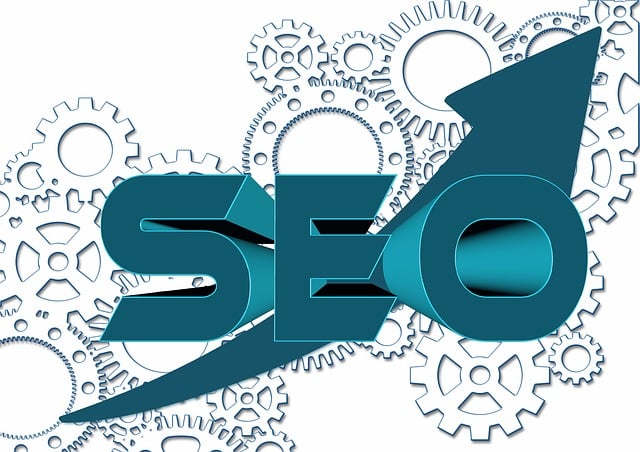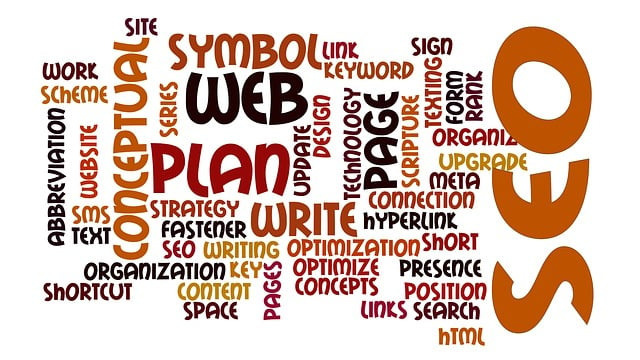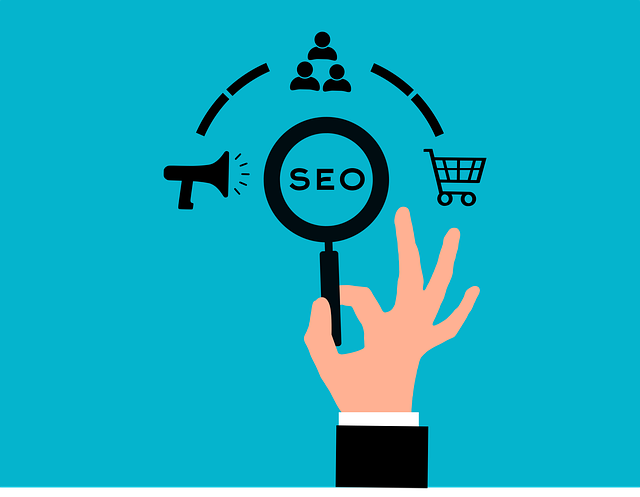SEO-friendly e-commerce websites prioritize user experience, content quality, and technical optimization. Key components include fast loading speeds, mobile responsiveness, intuitive navigation, and optimized product descriptions. Strategic keyword placement in titles, meta descriptions, and URLs improves search engine understanding. Internal linking and quality backlinks enhance overall SEO performance. A well-structured hierarchy and high-quality content drive user engagement and help search engines effectively crawl and index the site. Visual elements like images, videos, and infographics, optimized for faster loading, further enhance user experience and attract organic traffic. In today's mobile-first world, optimizing for speed and usability across all devices is crucial for both user satisfaction and search engine rankings.
In today’s digital landscape, a robust e-commerce presence is non-negotiable. To thrive, websites must be not just visually appealing but also SEO-friendly, driving organic traffic and boosting sales. This article delves into the intricacies of crafting SEO web design for e-commerce success. From understanding the fundamentals of search engine optimization (SEO) to implementing strategic content, visual elements, and mobile optimization, we explore key components ensuring your online store ranks high and captivates customers effectively.
Understanding SEO-Friendly E-commerce Websites

SEO-friendly e-commerce websites are designed with search engine optimization (SEO) principles in mind, ensuring they rank higher on search engines like Google. This type of web design goes beyond aesthetics; it involves structuring content and incorporating keywords effectively to attract organic traffic. A well-optimized e-commerce site not only enhances visibility but also provides a seamless user experience, encouraging visitors to browse, engage, and ultimately make purchases.
Key elements of an SEO-friendly e-commerce website include fast loading speeds, mobile responsiveness, easy navigation, and high-quality, optimized product descriptions. Using relevant keywords in titles, meta descriptions, and URLs helps search engines understand the site’s focus, making it more likely to be featured in targeted searches. Additionally, integrating internal linking strategies and leveraging quality backlinks from reputable sources further bolsters the site’s SEO performance.
Key Components of SEO Web Design for E-commerce

In the realm of e-commerce, a website isn’t just a digital storefront; it’s a gateway to online success. When crafting an SEO-friendly e-commerce site, several key components of SEO web design come into play. Firstly, intuitive navigation is paramount. A well-structured menu, easy-to-use filters, and clear product categories ensure visitors can effortlessly browse and find what they’re looking for. This not only enhances user experience but also encourages higher dwell times and lower bounce rates, which are crucial signals for search engines.
Secondly, high-quality content is the lifeblood of any successful e-commerce site. Product descriptions should be detailed, informative, and keyword-rich, providing potential customers with all the necessary information to make a purchase decision. Additionally, incorporating rich media like images and videos can significantly boost engagement and SEO performance. Optimizing these elements with relevant alt tags and file names further enhances accessibility and search engine visibility, making your e-commerce site a powerful tool in driving online sales.
Optimizing Website Structure for Search Engines

A well-optimized website structure is a cornerstone of any successful e-commerce business, especially when considering SEO web design principles. When designing an online store, it’s crucial to create a hierarchical and user-friendly navigation system that mirrors the products or services offered. This involves organizing content into logical categories and subcategories, making it easier for both customers and search engines to browse and understand the site. A clean and intuitive structure ensures visitors can quickly find what they’re looking for, reducing bounce rates and increasing engagement.
For instance, an e-commerce platform selling fashion accessories might organize its menu with main categories like “Clothing,” “Footwear,” “Jewelry,” and “Bags.” Each category could then have subcategories such as “Tops,” “Bottoms,” “Statement Jewelry,” or “Hobo Bags.” This hierarchical approach not only enhances the user experience but also provides valuable context for search engines, enabling them to crawl and index the site more effectively.
The Role of High-Quality Content in E-commerce SEO

High-quality content is a cornerstone in the foundation of any successful e-commerce website, and its significance can’t be overstated when it comes to SEO web design. Beyond simply providing information, well-crafted content engages users, establishes authority, and drives organic traffic. Integrate keywords naturally into compelling product descriptions, informative blog posts, and insightful how-to guides that address your target audience’s questions and concerns. This not only helps search engines understand the context of your website but also enhances user experience, encouraging longer browsing sessions and lower bounce rates—key factors in boosting your site’s ranking.
Additionally, high-quality content fosters trust and builds relationships with potential customers. When your products are accompanied by detailed, insightful descriptions that demonstrate their benefits and address customer pain points, it becomes easier for visitors to connect with your brand and perceive it as a reliable source. This emotional connection can translate into increased conversions and loyal customers, ultimately driving sustainable growth for your e-commerce business.
Incorporating Visual Elements Strategically

Incorporating visual elements into your e-commerce website design is a strategic must for any successful SEO approach. High-quality images, videos, and infographics can significantly enhance user experience while also providing search engines with valuable content to index. When implemented strategically, these visual assets not only attract visitors but also communicate product features effectively, reducing bounce rates and encouraging conversions.
Focus on optimizing each visual element for better SEO performance. This includes using descriptive file names, alt tags, and captions that accurately represent the content. By ensuring your images are compressed and optimized for web viewing, you can reduce load times, which is a key factor in search engine rankings and user satisfaction. A well-designed, visually appealing e-commerce site that balances aesthetics with SEO best practices will ultimately drive better organic traffic and boost sales.
Techniques for Boosting Mobile Usability and Speed

In today’s mobile-first world, ensuring your e-commerce site boasts exceptional usability and lightning-fast speed across all devices is paramount. A key aspect of SEO web design, mobile optimization significantly impacts user experience and search engine rankings. Implement responsive design strategies to adapt your website seamlessly to various screen sizes, ensuring consistent functionality and aesthetic appeal. Optimize images by compressing them without sacrificing quality; this reduces page load times, enhancing overall site speed. Leverage browser caching to store static resources locally, allowing for quicker subsequent loading of pages visited frequently. Additionally, minification techniques for HTML, CSS, and JavaScript code can significantly reduce file sizes, leading to faster rendering.
Further enhancements include leveraging a Content Delivery Network (CDN) to distribute content geographically, reducing latency and improving global site performance. Efficient use of AJAX and lazy loading for media ensures that only necessary resources are loaded when required, preserving page speed. Regularly testing and analyzing your website’s performance using tools like Google PageSpeed Insights can reveal areas for improvement, enabling you to make data-driven optimizations that contribute to a seamless mobile experience and boost search engine rankings.
